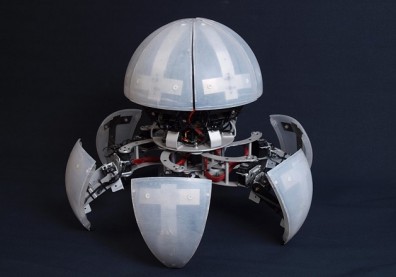In a development that sounds like it makes up the opening exposition to an apocalyptic sci-fi thriller, researchers from several American universities have created a shared brain for robots that allows them to learn about the world, the BBC reported.
A Robot Was Able To Hitchhike Its Way Across Canada
Named Robo Brain, the huge databank was the result of a collaboration of researchers from Cornell, Brown, Stanford and California universities. The "brain" trawls the Internet for pictures, videos and manuals to automatically create a store of information about how to identify various objects and how to manipulate them.
For example, Robo Brain can not only identify a water fountain, but it can identify the button that can be pressed to operate it. The identification process is impressive, and seeing a robot take a picture and be able to pick out all of the chairs is very cool. Moreover, the brain is constantly learning, both from new information it picks up off the Internet and through its interaction with humans.
Even Though It's In A Commercial, This Table Tennis-Playing Robot Is Still Cool
The goal of this research is to create a store of information that robots will be able to call upon should it find itself in an unfamiliar situation. If we do end up reaching that Jetsons level of technology where humanoid robots are created to help with housework, Robo Brain could allow them to more seamlessly interact with humans. The programming can identify when a human is watching TV and knows not to linger in the watcher's line of sight, proving that robots could in fact be capable of more tact than the average human. It also includes pressure maps for grasping, making sure robots don't try to pick up a sponge in the same way they pick up an orange.
Chances are, if we start seeing household robots come onto the market anytime soon, they'll be much better prepared than your average Roomba.







